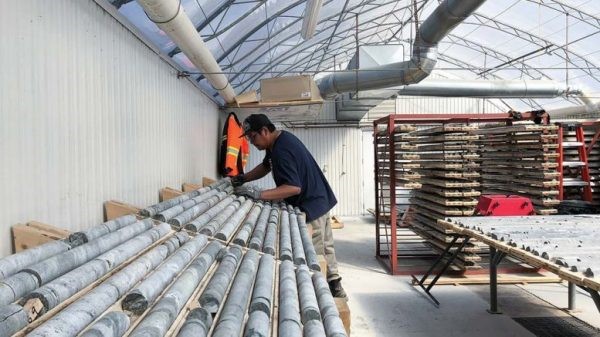Troilus launches 20,000 metre drill program in Quebec

These metres are scheduled for the remainder of 2020 and according to Justin Reid, the company’s CEO, “it is our expectation that drilling will aggressively continue through 2021 as well.”
Earlier this month, Troilus announced the results of a PEA on the project
In July, the company published an updated mineral resource estimate for the asset, with 177.3 million indicated tonnes grading 0.75 gram gold per tonne, 0.08% copper and 1.17 grams silver per tonne, and 116.7 million inferred tonnes at 0.73 gram gold, 0.07% copper and 1.04 grams silver.
The majority of the existing resources is contained around the historic Z87 and J pits. With a view that the Southwest zone, a new discovery announced this January, could host additional near-surface, higher-grade material, additional drilling is planned for this area.
“It is our expectation that with more drilling, we have the potential to identify additional resources that could further contribute to the economic forecast of the future mine, in terms of life of mine and/or daily production capacity,” Reid said.
Earlier this month, Troilus announced the results of a preliminary economic assessment (PEA) on the project. The early-stage study defined a 22-year, 35,000 tonne per day open pit and underground mine, with a 9,000 tonne per day sub-surface portion starting up in the eighth year.
The resulting operation would produce an average of 246,000 gold oz. in the first 14 years. With all-in sustaining costs estimated at $1,051 per oz. gold and an initial capital outlay of $333 million, the after-tax net present value estimate for the project came in at $576 million, at a 5% discount rate, with a 22.9% internal rate of return, based on $1,475 per oz. gold.
Midday Wednesday, Troilus’ stock was down nearly 12% on the TSE. The company has a C$132 million market capitalization.
(This article first appeared in the Canadian Mining Journal)




